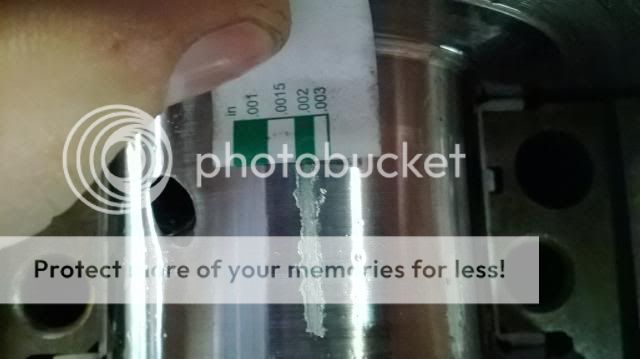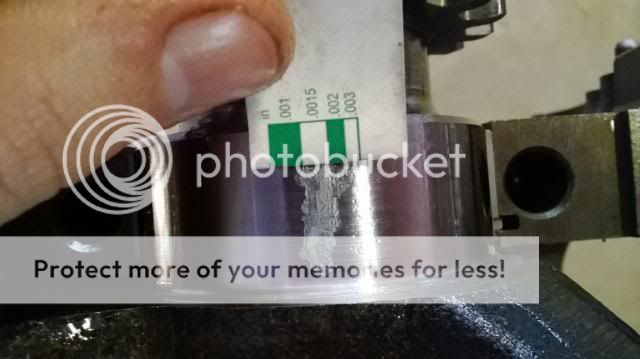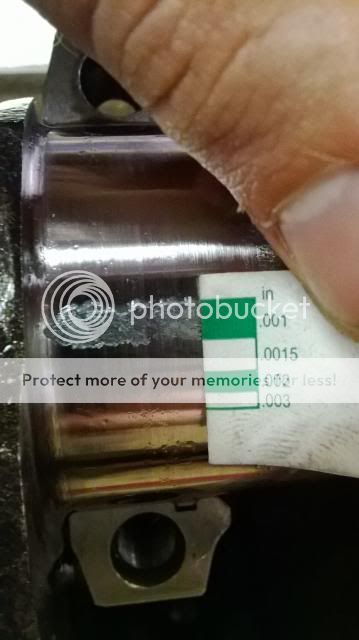philly
solid fixture here in the forum
wow very sorry to hear about your dad, i know its rough losing family so young and untimely like that. on another note it looks like your build is coming along nicely, i second the motion for the M55A or Z/28 pump, great all around pump since most of the time you are just gonna driving and cruising the car anyway. oh and the steel collar is a given, just one less thing thats likely to go wrong. in the end its just a couple dollars for alot of peace of mind






